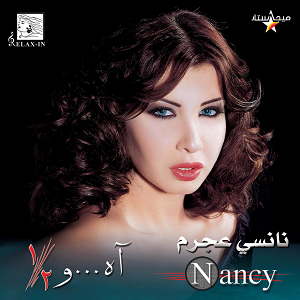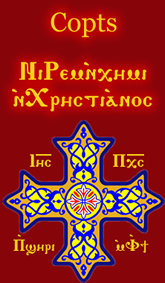 W
WMusic has been an integral part of Egyptian culture since antiquity in Egypt. Egyptian music had a significant impact on the development of ancient Greek music, and via the Greeks it was important to early European music well into the Middle Ages. Due to the thousands of years long dominance of Egypt over its neighbors, Egyptian culture, including music and musical instruments, was very influential in the surrounding regions; for instance, the instruments claimed in the Bible to have been played by the ancient Hebrews are all Egyptian instruments as established by Egyptian archaeology. Egyptian modern music is considered as a main core of Middle Eastern and Oriental music as it has a huge influence on the region due to the popularity and huge influence of Egyptian cinema and music industries, owing to the political influence Egypt has on its neighboring countries, as well as Egypt producing the most accomplished musicians and composers in the region, specially in the 20th century, a lot of them are of international stature. The tonal structure music in the East is defined by the maqamat, loosely similar to the Western modes, while the rhythm in the East is governed by the iqa'at, standard rhythmic modes formed by combinations of accented and unaccented beats and rests.
 W
WAh W Noss is the fourth studio album by Lebanese singer Nancy Ajram. It was released on April 14, 2004 by Relax-In and Megastar Records. This was the follow-up project to 2003's Ya Salam. In 2003, the album launched Ajram to the heights of music, thanks to a string of hit singles which have become part of pop culture today. The Egyptian flavoured album received a massive commercial success in Egypt, especially the Egyptian hit song "Ah w Noss". Serving as executive producer, Ajram's manager, Jiji Lamara enlisted a wide range of producers including Tarek Madkour, Jean-Marie Riachi, Tony Saba, and Adel Ayash. Recording sessions for the album began in mid 2003 and took place at several recording studios throughout Lebanon and Egypt. Musically, the album represents a continuity for her previous effort Ya Salam, which contained Egyptian bellydance songs, pop rock, ballad. The album also explores other genres, such as khaliji.
 W
WBaladi can refer to an Egyptian musical style, the folk style of Egyptian bellydance, or the Masmoudi Sogheir rhythm, which is frequently used in baladi music. It is also sometimes spelled in English as 'beledi' or 'baladee'.
 W
WCoptic music is the music sung and played in the Coptic Orthodox Church and the Coptic Catholic Church. It consists mainly of chanted hymns in rhythm with instruments such as cymbals and the triangle. Coptic music is purely religious.
 W
WThe Egyptian Armed Forces Symphonic Band is the main band of the Egyptian Armed Forces made up of musicians who perform in official settings usually in the presence of the President of Egypt. The band is associated with its military music school which was founded on the basis of the symphonic band in 1992 for the purpose of educating Egyptian musicians. One of its most notable commanders is Major Ali Hijazi Ibrahim and First Lieutenant Samy Mosaad Shehat A Delf Hegazy.
 W
WThe goblet drum (also chalice drum, tarabuka, tarabaki, darbuka, derbake, debuka, doumbek, dumbec, dumbeg, dumbelek, toumperleki, tumbak, or zerbaghali, is a single head membranophone with a goblet shaped body used mostly in Egypt and is considered the National symbol of Egyptian Shaabi Music, also in parts of the West Asia, North Africa, South Asia, and Eastern Europe. The African djembe-wassolou is also a goblet membranophone. This article focuses on the Eastern and North-African goblet drum.
 W
WThe simsimiyya is an indigenous Egyptian stringed instrument that has its roots in ancient Egypt. It is used in Egypt in certain genres of Egyptian music.
 W
WIn arab culture, particularly in levantine culture, zaffa, or wedding march, is a musical procession of bendir drums, bagpipes, horns, belly dancers and men carrying flaming swords. This is an ancient arab tradition that predates Islam. When the procession reaches its destination, usually the house of the bridegroom, there is usually a party, more loud noises, and then dinner.